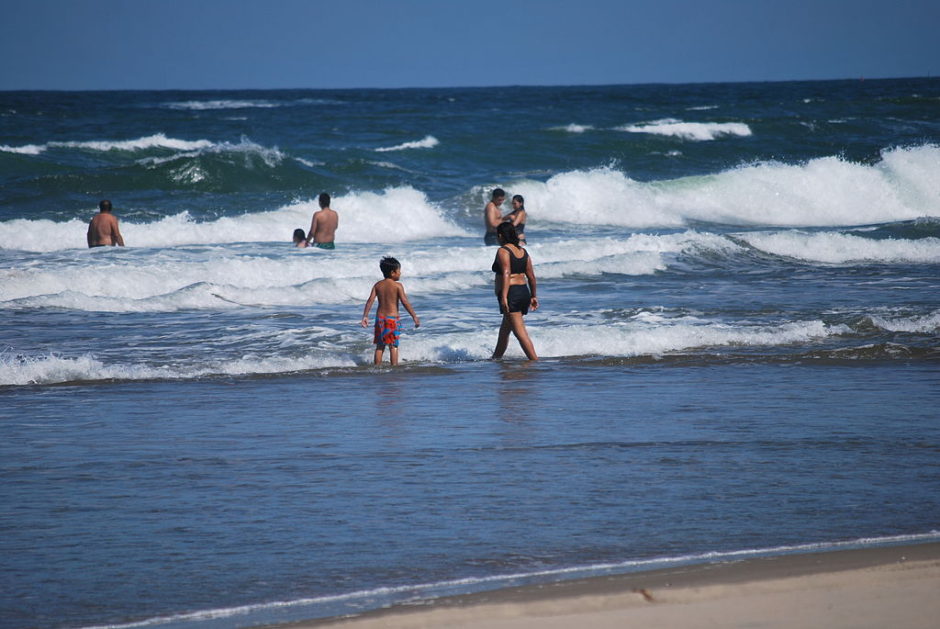Cuba usually comes to mind at this time of the year as the weather in Toronto goes from bad to worse. Holed up in my winter-bound house, I think of Cuba’s sunny weather, its sandy beaches, its turquoise waters and its tropical vegetation.
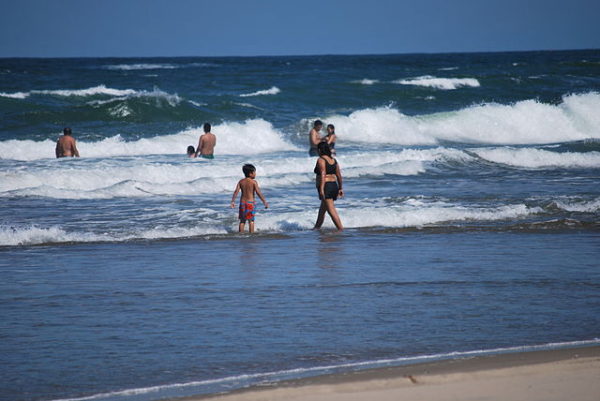
Call it, if you wish, Cuba on the brain.
But the lure of Cuba transcends one-week, care-free all-inclusive packages. In fact, I’ve been drawn to Cuba ever since the 1959 revolution brought the late Fidel Castro to power.
Which is why I tuned in to Netflix’s new series, The Cuba Libre Story, an eight-part European documentary that charts Cuba’s history for the past few hundred years.
It’s a compelling film, bolstered by a solid script, fine file footage, interesting commentaries from historians and revealing interviews with, amonog others, Juan Antonio Rodriguez Menier, the former chief of Cuba’s secret service; Marita Lorenz, Castro’s former lover; Carlos Calvo, Castro’s former bodyguard, and Cynthia Duncan, the granddaughter of mafia boss Meyer Lansky
I watched episodes two and three, both of which deal with the pre-Castro era. This was a period when Cuba was in thrall to the United States, overly dependent on the sugar industry and in tacit partnership with the American mafia, which had a virtually free hand in Cuba’s lucrative tourist industry.
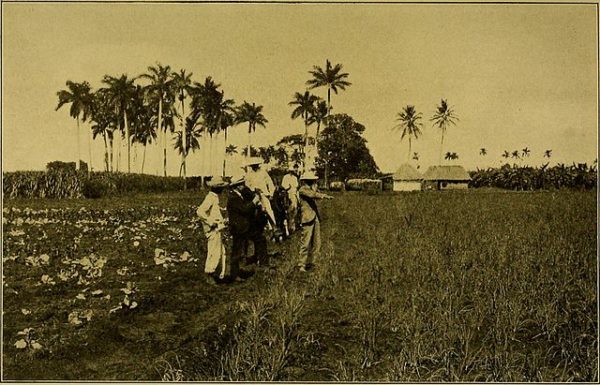
Cuba’s road to independence was long and painful.
A Spanish colony for 400 years, Cuba shook off the yoke of colonialism during the Spanish-America War, only to find itself dominated by its northerly neighbor, the United States, which occupied Cuba for three years. Before its troops withdrew from the island, the United States, under the 1901 Platt Amendment, gave itself the unilateral right to intervene in Cuba’s internal affairs.
Sugar cane cultivation and production became the pillar of Cuba’s economy, representing 80 percent of its exports. Since the United States bought much of the crop, Cuba was economically at its mercy.
Due to a labor shortage, tens of thousands of Spaniards poured into Cuba in the first decade of the 20th century to work the sugar cane fields. Angel Castro, Fidel’s father, was one of them. He would become a prosperous landowner.
The closure of trade routes during World War I shut down sugar production lines in Russia and Germany, the world’s largest producers. Taking up the slack, Cuba thrived. Prices dropped after the war, throwing many workers out of jobs.
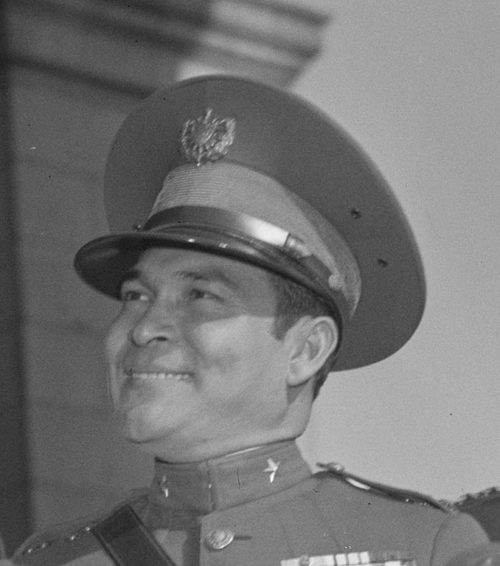
The fall of Gerardo Machado’s dictatorship in 1933 catapulted Fulgencio Batista, an army officer, to prominence. Behind the scenes, he was Cuba’s de facto leader, pulling the strings of Ramon Grau’s government. The United States regarded Batista as a stabilizing force. He instituted reforms and persuaded Washington to revoke the Platt Amendment. For the first time, Cuba was a free nation.
A favorite vacation destination of Americans and Europeans since the 1920s, when prohibition was in effect in the United States, Cuba morphed into one of the premiere playgrounds of the Caribbean.
Amid the merriment, the St. Louis, a German cruise ship filled with some 900 Jewish refugees fleeing Nazism, docked in Havana in May 1939. Cuba, having adopted an anti-immigration policy, refused to allow the passengers to disembark, consigning them to unimagined horrors in Nazi-occupied Europe.
Batista contested the 1940 presidential election and won. He enacted yet more reforms and hired Meyer Lansky, an organized crime kingpin, to clean up the blatantly dishonest gambling industry in Havana. Eventually, the American mafia would gain control of many of the finest hotels and hotel casinos around Havana’s seafront, including the fabled Hotel Nacional.
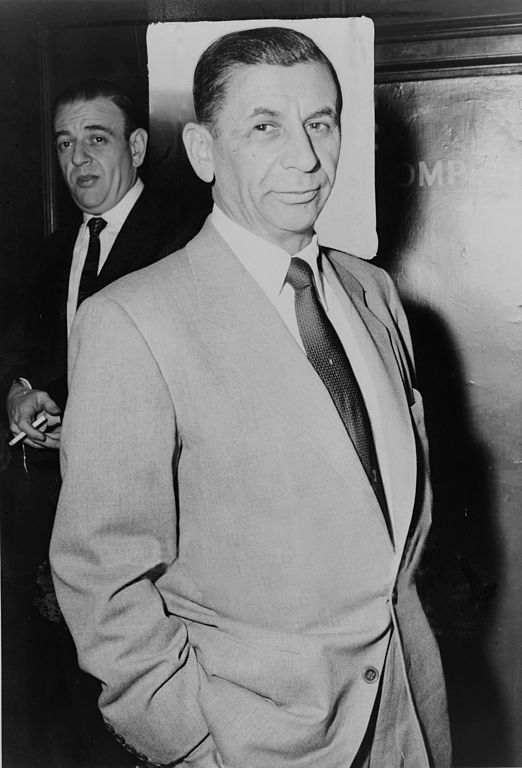
When Batista’s term of office ended, he decamped to the United States, only to return some years later to reclaim his old job. Lansky contributed to his re-election campaign and exerted a thoroughly corrupting influence on him, claims one historian.
Fidel Castro comes into the picture at this juncture. A lawyer, he could easily have joined Havana’s jet set, but instead chose to be a revolutionary. Castro, in 1953, tried to overthrow Batista’s autocratic regime, but failed miserably. As we all know, the gods would would be on Castro’s side in the future.

